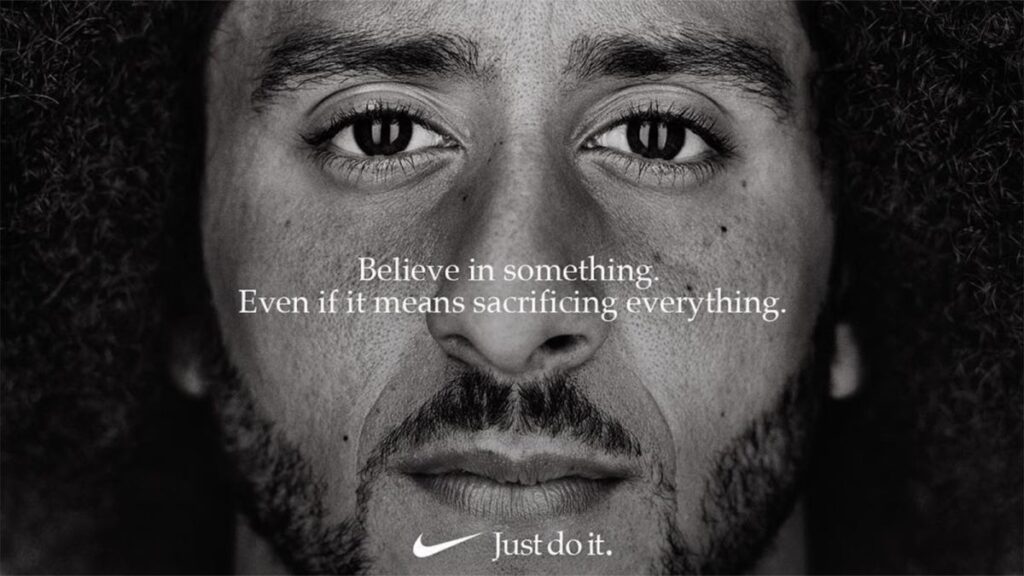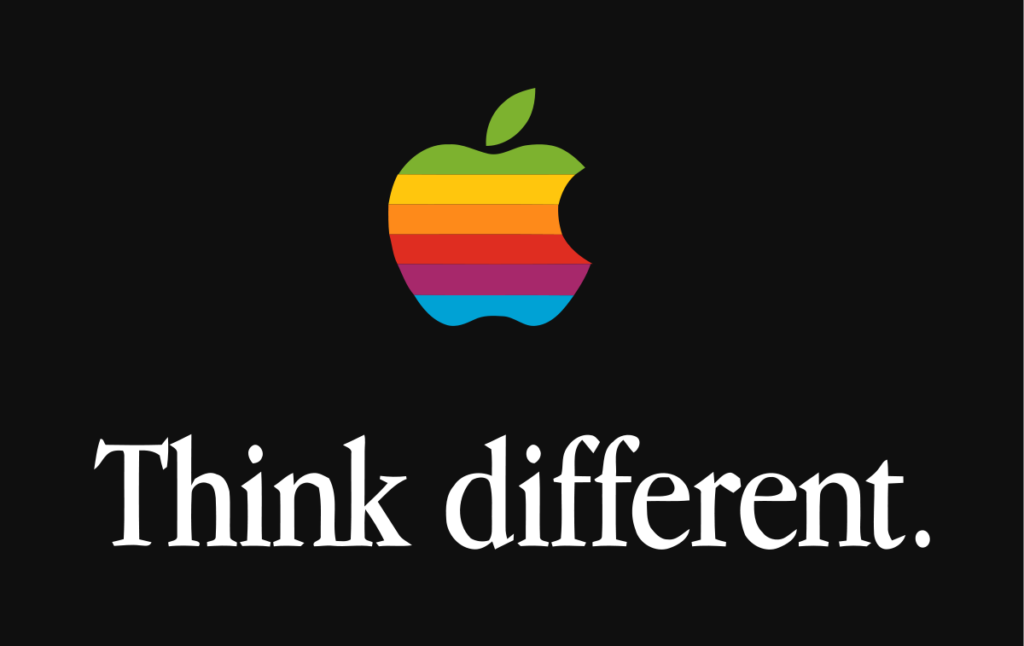Storytelling has been integral to human society even before we discovered fire. We’ve used stories to share ideas, connect with people, build trust, and inspire action: fireside chats, tales by moonlight, fairy tales, religious narratives, etc.
Stories are generally easier to remember than any other information, hence the need to incorporate them into every content marketing strategy.
Although storytelling has taken several forms over the years, one effect has stayed constant: connecting with people’s emotions. Conventionally, a good story has a plot, setting, characters, point of view, and conflict.
However, storytelling in digital marketing only sometimes ticks all the boxes. Big brands like Coca-Cola, IKEA, Apple, and Airbnb have harnessed the power of brand-driven storytelling to make their way into millions of households and conversations.
In this article, you’ll learn how to use your storytelling skills to deeply connect with your target audience.
What is the art of storytelling in content marketing?
Storytelling in content marketing involves creating narratives that engage and connect to a target audience personally to subtly persuade them to choose your brand’s product or service.
Reputable brands that tell great stories have used this content marketing approach to build close-knit communities and win their customers’ love, trust, and loyalty. A brand storyteller uses several media forms, including videos, blog articles, social media campaigns, and infographics, for their content marketing strategy.
The art of storytelling in content marketing helps your audience see how much your brand is committed to addressing their problems and providing solutions in the most trusted and efficient manner rather than taking their money alone.
Stories trigger brain activity because of the rush of emotions that accompany them. A good story causes the release of oxytocin, also called the ‘love hormone’ or ‘the mothering hormone.’ Oxytocin makes you more empathetic. That explains why you can cry from watching a good movie.
Brands that Ace Storytelling
For years, some brands have won hearts and medals by telling tremendous, engaging stories. Best brand storytelling examples include:
Nike — Just do it!
Renowned for its thirty-year-old campaign slogan, Nike has gone beyond selling mere athlete shoes to a message of hope. By sharing the stories of famous athletes like Michael Jordan and Serena Williams, this brand appealed to its target audience in a way they had never seen.

Nike’s Just do it campaign inspired their audience to strive for the best despite any hurdle. The company also followed up on this success with the Dream Crazier ad — which centered on the message that “it’s only crazy until you do it.”
Both campaigns succeeded because Nike laid more emphasis on helping the audience smash goals and lives seemingly crazy dreams than selling shoes—and that Shia Lebouf video did wonders for it too. Today, this Nike still has a solid fan base, especially within younger demographics.
Apple — Think Different
This storytelling campaign was launched in 1997 to promote creativity by celebrating ‘the crazy ones,’ those who dared to change the world in the past and contributed to the world of politics, technology, literature, and others.

The campaign is one of the fashion brand storytelling examples that features world beaters like Thomas Edison, Albert Einstein, Mahatma Gandhi, Muhammed Ali, and many more. The campaign slogan resonated with the target audience by encouraging them to think differently. Although Apple dropped the motto in 2002, it remains popular because it embodies its core values.
Coca-Cola
For over 100 years, Coca-Cola has consistently adopted several storytelling strategies to sell drinks and promote the values of family, friendship, giving, and togetherness.
First was the use of Santa Claus to promote the product to the extent that Santa became synonymous with Coca-Cola. From the 1971 hit song “I’d like to buy the world a Coke” to the 1927 campaign of “Vivian the Coca-Cola girl” to the “Share a Coke” campaign to the recent “Taste the feeling” campaign.
Coca-Cola has been telling relatable stories, earning a place in millions of homes worldwide. To some extent, this form of storytelling has endeared Coca-Cola to consumers over rivals like Pepsi.
Airbnb — Belong Anywhere
Airbnb is an acronym for “Air bed and breakfast.” The brand went from renting houses to creating a homely experience for people anywhere.
Airbnb started to tell stories as a hospitality company. By sharing the stories of their guests and hosts on their blogs and other channels, they showed their audience how committed they are to create a place of belonging, no matter the location.
Compared to traditional hotels, Airbnb portrays a place you can call home away from home.
People have fallen more in love with the brand by scrolling through the stories of past guests and hosts.
IKEA — What if
The “What If” campaign was unique because the brand sold its vision to preserve trees, make furniture from recycled materials, and, ultimately, save the earth. The IKEA furniture brand became more popular because of its sustainability affordability, as well as its dedication to helping people bring life to their picture of living space.
People grew more loyal to the brand by hearing the making story of every piece of furniture. With IKEA, you are a superhero. Who doesn’t want to save the world?
Common Storytelling techniques
These brands that tell great stories adopt a unique storytelling method. Here are a few storytelling techniques they employ.
Narrative Technique
This technique involves the use of characters and personas. With this technique, you easily create a brand voice and brand personality.
Brands like Nivea adopt this storytelling technique in their famous harmattan series. They use a brand character to represent the protagonist and a fictional harmattan to represent the antagonist.
This commercial is very relatable, especially during the dry and dusty seasons in West African countries. You can use this technique in your story to introduce a narrative arc that takes your audience on a journey from the beginning to the end.
Interactive Storytelling Technique
The interactive technique creates a more immersive experience for your audience. This technique, when leveraged with social media, can promote audience participation.
For instance, a beauty brand can tell the story of a customer’s journey with their product. People love social proof, so your audience will begin to trust your brand. Most companies use this form of storytelling in content creation and marketing.
The Anecdotal Technique
The anecdotal technique is one of the most proven techniques for storytelling in branding and content marketing because it makes it easier for the brand to earn the audience’s trust.
Here, you share stories about brand inception, employee’s journey, and brand values in a way that aligns with the interest of your audience.
AIDA
AIDA stands for Attention, Interest, Desire, Action. This formula is typical in content marketing but also effective in storytelling. Here is a breakdown.
- Attention: The story must capture the audience’s attention from the start. Start with a bold statement, statistics, or something that will get your audience to adjust from an initial posture. Excite the audience.
- Interest: Now you have their attention, but you must keep them hooked. Get them to see their pain points or goals. Let them see themselves in the characters. You can share a story on how the product or service changed a client after a free sign-up.
- Desire: You are about to close the deal. At this point, you must show how your product or service can solve the audience’s problems and emphasize your brand’s uniqueness against competitors.
- Action: Until your audience has taken your desired action, you need to create a persuasive call to action (CTA) with a sense of urgency to get them to act. Keep the CTA clear and concise.
Why do you need storytelling?
The art of storytelling in content marketing has proven to produce results for humans. Brands with great storytelling strategies will continue to defeat those who ignore the art. Here are some benefits of storytelling in content marketing.
Stories earn attention
In this age, attention is golden. First, to sell any product or service, you need to capture the potential customer’s attention. People will listen to all you offer when your story is compelling enough.
Emotional connection
Your product or service is most likely one out of many in the market. Since humans are emotional buyers, you must give them a solid reason to leave your competitors and choose your brand. That’s why brands that support green initiatives spend time connecting with their consumers’ fears about the climate.
Engagement and credibility
A good story gives your brand credibility and separates you from the competition. Your audience can go as far as sharing the story with people, thus increasing your exposure.
How to tell better stories
Use these proven methods to tell amazing stories that pull on your audience’s collective heartstrings.
Start with a hook
Your opening makes all the difference when telling a story. A well-crafted hook will keep the reader on your page until the story ends. Use emotions, facts, figures, and suspense to keep them excited from the beginning to the end.
Use clear language
No matter how thrilling your story is, your audience will only buy it if it is straightforward and pleasing. Be concise, get rid of jargon, and avoid many buzzwords.
Know your audience
What do they want? Who are they? What are their pain points? Answer these questions before creating a story unless you plan to create something they won’t relate to. By understanding who you are creating the story for, you will be able to find common themes and concepts they can relate to.
Be original
Don’t fabricate a lie to appeal to the emotions of your audience. Your audience can tell when you are not being genuine. Stories are all around, from how your brand came into existence to how you solved your first client’s problem. Just make sure you don’t rehash someone else’ story.
Introduce interesting characters
Your protagonist must resonate with your ideal audience. Let them align in likes, pain points, and goals. Remember the Hotels.com guy? Or the Verizon guy? Or the StateFarm guys?
Use AI tools
You can leverage AI writing tools to tell engaging stories. They can assist in analyzing, comprehending, and customizing your content to resonate with your audience. Tools like Surfer and CopyAI can help you optimize the content for search engines, boost engagement, and increase visibility. You can also use ChatGPT to generate relatable storytelling content ideas for your audience.
Overall, you need to prioritize the human factor when telling stories for your brand. Whether writing a blog post from scratch or generating a YouTube script, always inject the human element to humanize AI content.
Final Words
Brands must recognize the power of storytelling in content marketing. People connect to stories and live vicariously through characters. In the modern world, consumers will always favor brands with practical storytelling skills. Learn how to use storytelling in marketing because that’s the secret to building a loyal fan base.
Who wrote this?
Okoye Chisom specializes in Content Writing, Copywriting, and Content marketing. Aside from creating content and copies for brands and individuals, she runs a personal blog targeted toward young adults.
On other days, she can be found exploring her interest in Tech, Content strategy, storytelling, hosting events, and teaching. You can reach her on Linkedin.
